In a packed session at GDC, Eric Chahi recounted the development of Another World, his groundbreaking 1991 action adventure game, and how improvisation and his personal mental state shaped the game as much as technology. In 1989, Chahi -- who had developed games since 1983 without creating a hit -- decided to take on an ambitious project shaped by constraints. He wanted to make a fully polygonal game and improvise an adventure around that, building a story "layer by layer without knowing where it was going." The process, he later realized, was like theatrical improvisation -- because there were firm constraints but creative freedom. "I hadn't coded for two years and my last experience with C language was a disaster... It was really depressing almost," Chahi admits. Instead, he moved to assembly and also a unique language he created to develop the game. He tested polygons and quickly became convinced, describing his realization that the Amiga could run his game at around 20 frames per second "a major turning point in the creation of the game. It was like a dogma. I was sure that polygons were the greatest thing in the world." He originally shied away from using bitmaps and instead built backgrounds out of tiny polygons -- which he jokingly referred to as "pixigons" -- before realizing it was infeasible. "I was spending hours and hours -- I resorted to using bitmaps," says Chahi. The genlock was a new device for the Amiga at this time, which allowed users to layer video behind the game screen -- something he used to rotoscope realistic animations. With the inspiration in place to create a polygonal, cinematic science fiction, he began work on the game design. "It was a nightmare to design without knowing precisely the technical limits... Without a well designed script, I was thinking more in terms of ambience. It was not the story side that interested me the most, but the rhythm and narrative tension which is different from and connected to the story. This is an important point." At this point, says Chahi, "No tools for polygons existed and I had to create the game system from scratch too." He developed a modeling tool himself, and used a homegrown programming language to control the visuals on screen. "The big advantage" to this language, says Chahi, "was that the game would be interpreted in realtime so no compiling was necessary to run the game." The language could slice the code in to time blocks via a "BREAK" instruction, which "pauses till the next code loop... In this way the interpreted code itself became an animation sequencer," Chahi says. The language he developed had 20 instructions and supported 256 variables -- which he had to note down on paper because they were simple alphanumeric strings, and because the language did not support comments. In December 1989, the engine was complete. "Regarding the limits, I accepted them as improvisation constraints," says Chahi. He then developed the game's striking introductory sequence, which for him "was a landmark, because it validated the use of polygons and the interpreted language." This sequence became a way for him to explore a cinematic style, a way to immerse himself in the universe. It was "the first layer of the improvisation process so, I had the first step" to developing the game's story. "The main rule I followed during the creation to the game was to listen to what I felt. What do I feel right now? That's why doing things in chronological order made things coherent," Chahi says. However, "Creating the game alone created a feeling of loneliness that you could also find in the game." When developing the game, he says, "I always tried to consider myself as a player who knew nothing about it. I would ask myself what I would love to experience, and then as a creator what would surprise the player." For example, Lester is teleported to another world -- but Chahi surprised the player by starting him in water, and then created a dramatic moment when he emerged from the pool into a new world that was clearly not Earth. "The environment suggests a narrative and gives a meaning to these more basic actions," says Chahi. He spent a week defining the 16 color palette -- given that it would have such a profound look on the game's graphics. And while giving Lester dark hair would have been an easy solution, "I didn't want him to look too similar to me -- I was using rotoscoping... So it was too disturbing" -- particularly when the character died. The game introduced a major concept early on -- parallel action for suggestion of story. "What happens in the background suddenly becomes real for the player." Cinematic punctuation -- brief sequences only -- "give emphasis to a major event." The first major enemy encounter, in which a large beast chases Lester, gives the first level a slow rhythm before creature arrives, and a quick change to a fast and stressful situation. At the end of the first stage, Lester is captured by aliens. This was "a cliffhanger for the player but also for myself," says Chahi. In the next sequence, Lester is in jail with another character, who quickly becomes an ally. "I never wanted at the beginning to create a game about the relationship between two strangers but the improvisation lead me to this," says Chahi. The alien character is shown in direct close up only here in the game -- "The real media is the player's memory and imagination, so seeing it once is enough to create the game universe in his mind," says Chahi. The jailbreak sequence gave the player access to a laser gun -- Chahi was inspired by the dynamism of Star Wars' battles. The gun also enabled more gameplay -- with a protective shield -- "which creates very interesting gameplay combinations" and the plasma ball, which Chahi is proud of because it added strategy. The player moves between levels using a teleporter -- a decision made not primarily for aesthetics, but because it's "difficult to create animation and collision for stairs." The look was inspired by anime's use of high speed lines to suggest motion. In December 1990, one third of the game was done after 17 months of work. Chahi realized it would take two more years at that pace, so he decided to work more efficiently -- creating background graphics that could easily be replicated, for example. "From that point I focused more on puzzles, creating variations using the building blocks at my disposal, and each time I was trying to bring a new idea," he says. The friend character "became the center of the story" in terms of cooperating him, adding gameplay twists and drama to the story. Chahi foregrounded action involving the friend overtop gameplay to add visual interest, and controlled the game's pacing by using enemy laser beams "to give different rhythm to modulate the tension, a little bit like a music score," he says. Chahi first spoke to French publisher Delphine Software, with whom he'd worked previously. But he also met with Virgin Games -- at which point "a major fork in the creation of the game" arose, "a point where Another World could have changed drastically -- it could have become point and click." The publisher almost convinced him to make the switch, but "the effort to do this would have been too huge, and some friends who played the game loved it," says Chahi. He "hates doing things twice." Delphine Software "trusted their game creators and were not intrusive into the design process," he says, on the other hand. In June 1991, he agreed with Delphine that he would deliver the game for a November release. At this point, he changed tacts. "The idea was to envision the finished game so as to balance the later stages with the rest. I drew a [pacing] curve of all major past events... and decided to create with contrasting situations [in mind]." Delphine didn't use playtests -- undergoing only two, covering only the very beginning of the game, by the time it was released. Interplay, the game's U.S. publisher, "did a lot of playtesting, and the game underwent a second polishing. I fixed major bugs and we removed some sources of frustration, but Interplay also asked for the game to become longer." However, Interplay wanted to change the intro music which grew into "a serious source of conflict... A major transatlantic fight by fax." To win this war, Chahi constructed an "infinite fax" -- a loop of paper that went through the fax machine. The only message? "Keep the original intro music." "This didn't help," Chahi wryly observes. "They didn't change their mind until Delphine Software got involved and said legally they didn't have the option to change the music." Chahi later noted that when the music arrived in the game, very late in the development process, the effect was profound. "As soon as we started with the music in the introduction part especially the feel of it changed completely," he says. When the game was completed, "at the end of the development I was exhausted and this is the reason that Lester was almost dying in the end," says Chahi.
GDC 2011: Eric Chahi's Retro Postmortem: Another World
March 3, 2011

Tags:
event-gdc
Subscribe to our newsletter
About JikGuard.com
JikGuard.com, a high-tech security service provider focusing on game protection and anti-cheat, is committed to helping game companies solve the problem of cheats and hacks, and providing deeply integrated encryption protection solutions for games.
Top

This Motorola foldable is on sale for $100 off - here's why I recommend it over most slab phones
Aug. 9, 2025

The best Linux distros for beginners in 2025 make switching from MacOS or Windows so easy
Aug. 9, 2025

I answered the million-dollar question about buying laptops - here's the ultimate guide
Aug. 9, 2025

3 portable power stations I travel everywhere with (and how they differ)
Aug. 9, 2025

I tried Lenovo's new rollable ThinkBook and can't go back to regular-sized screens
Aug. 9, 2025
Recent

This Motorola foldable is on sale for $100 off - here's why I recommend it over most slab phones
Aug. 9, 2025

The best Linux distros for beginners in 2025 make switching from MacOS or Windows so easy
Aug. 9, 2025

I answered the million-dollar question about buying laptops - here's the ultimate guide
Aug. 9, 2025

3 portable power stations I travel everywhere with (and how they differ)
Aug. 9, 2025

I tried Lenovo's new rollable ThinkBook and can't go back to regular-sized screens
Aug. 9, 2025

5 iOS 26 features that made updating my iPhone worthwhile (and how to try them)
Aug. 9, 2025

Healthcare cybersecurity failures put patient safety at risk, Modat warns
Aug. 9, 2025

France telecom exposes millions of customer records
Aug. 9, 2025

GPT-5 launch sparks backlash as OpenAI removes ChatGPT model choice
Aug. 9, 2025
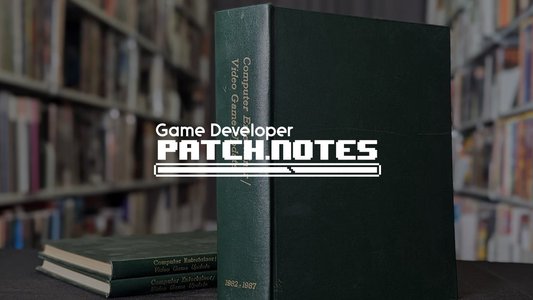
Patch Notes #17: Raven workers secure union contract, VGHF acquires Computer Entertainer, and Ziff Davis makes layoffs after bumper quarter
Aug. 8, 2025
Blog

Unreal Engine Game Protection Solution
Aug. 8, 2025

How games detect speed-hack cheats
Aug. 6, 2025

JikGuard game protection supports Google Play's 16 KB page-size compatibility requirement
Aug. 1, 2025

JikGuard game protection supports Steam Deck
July 30, 2025

Security Risk Analysis for Racing Games
July 28, 2025

Are there hacks that increase gacha pull rates?
July 24, 2025

VMOS Open-Source: New Threat to Game Security
July 18, 2025

How Games Detect Black and Gray Studio
July 15, 2025

How Games Detect iOS Jailbreaks
July 11, 2025

FPS Game Anti-Cheat Solution
July 9, 2025
Random

ChatGPT comes with personality presets now - and 3 other upgrades you might have missed
Aug. 8, 2025

I took 500 photos with the two best Android camera phones - here's the clear winner
Aug. 8, 2025

Laser Digital first to offer regulated crypto options in Dubai
Aug. 8, 2025

The Bluetooth tracker I trust more than AirTags - whether you use iPhone or Android
Aug. 8, 2025

Why I no longer travel without this portable battery - and it's not made by Anker or Ugreen
Aug. 8, 2025

Game technology outlet Digital Foundry breaks off from IGN
Aug. 8, 2025

This free GPT-5 feature is flying under the radar - but it's a game changer for me
Aug. 8, 2025

Should you upgrade to mesh? I compared it with a traditional Wi-Fi router, and here's my advice
Aug. 8, 2025

The best Linux distros for beginners in 2025 make switching from MacOS or Windows so easy
Aug. 9, 2025

GPT-5 launch sparks backlash as OpenAI removes ChatGPT model choice
Aug. 9, 2025
Most Views
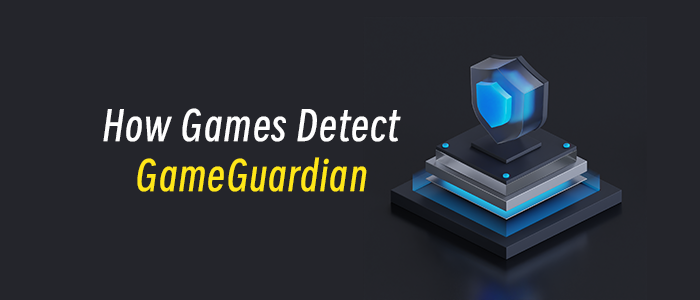
How Games Detect GameGuardian
March 17, 2025
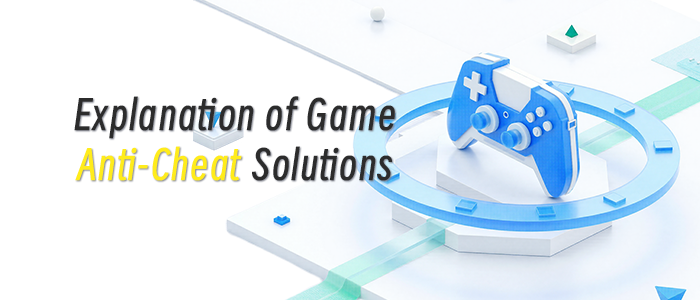
Explanation of Game Anti-Cheat Solutions
March 17, 2025
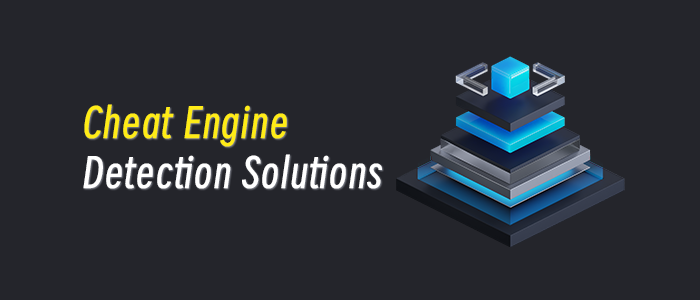
Cheat Engine Modifier Detection Solutions
March 18, 2025
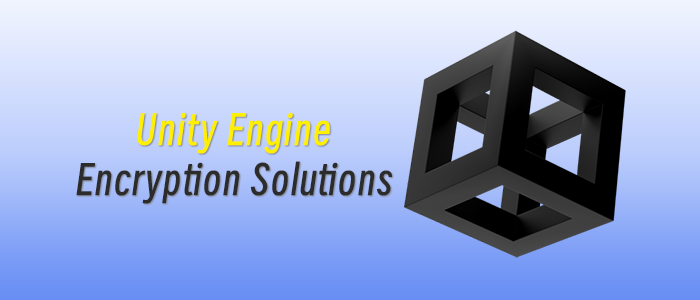
Explanation of Unity Engine Encryption Solutions
March 17, 2025

How to Anti Hack in Client-Side Games
May 21, 2025
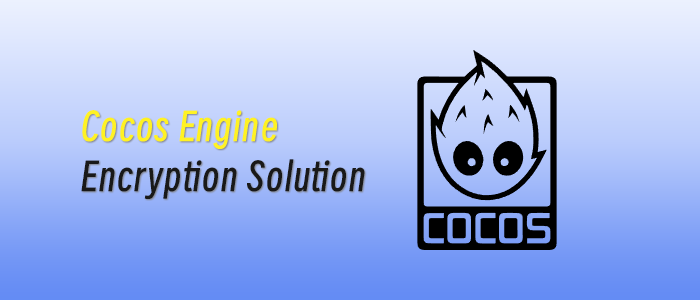
Cocos Engine Encryption Solution
April 8, 2025

How Games Anti-Debugging
April 15, 2025

Cloud Phone Detection Solution for Gaming
May 21, 2025

How Games Detect Frida
March 25, 2025

How Games Detect PlayCover
March 26, 2025


